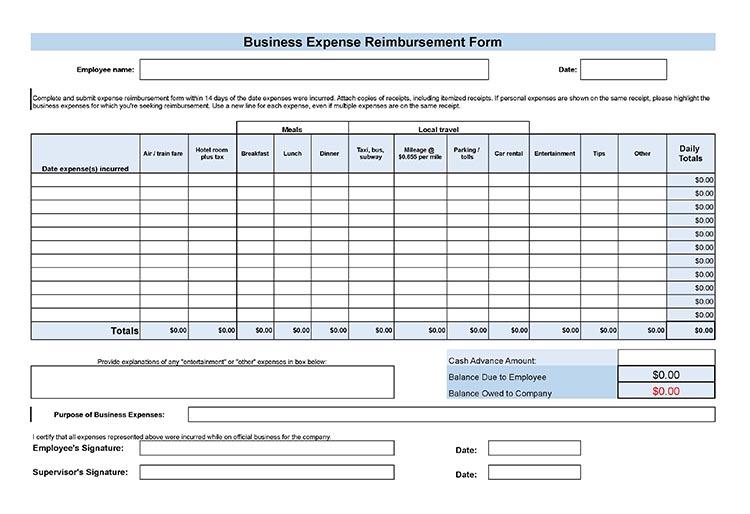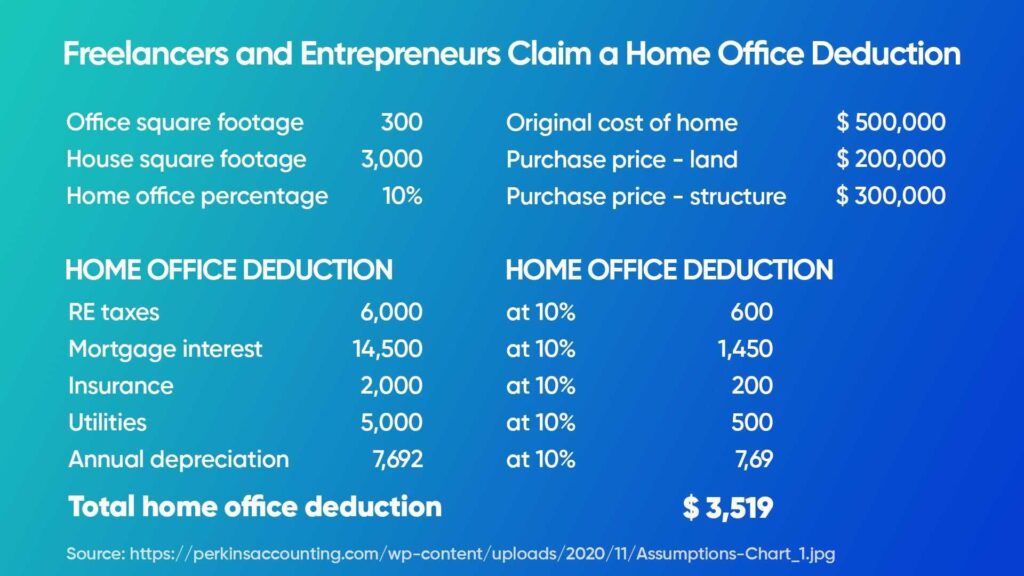In the evolving landscape of post-pandemic work culture, a new financial burden is silently brewing beneath the surface of corporate return-to-office mandates. Employees are discovering that their path back to the workplace is paved with unexpected expenses, transforming their commute into a costly journey that rivals the monetary weight of a month’s grocery bill. A recent survey unveils a growing sentiment of frustration and resentment, as workers grapple with the hidden economic toll of returning to in-person work, challenging the traditional notion of workplace flexibility and financial equilibrium. As professionals navigate the post-pandemic workplace landscape, a startling financial burden has emerged with significant workplace implications. Recent survey data reveals employees are confronting unprecedented out-of-pocket expenses directly tied to returning to traditional office environments.
The financial strain extends far beyond mere transportation costs. Workers are discovering substantial hidden expenditures, ranging from professional attire and dry cleaning to daily meal purchases and commuting expenses. These cumulative costs now rival a month’s typical grocery budget, creating substantial economic pressure for many workers.
Metropolitan areas are experiencing the most dramatic financial impact. Urban professionals report spending substantially more on work-related expenses compared to remote or hybrid work arrangements. Clothing refreshes, premium coffee purchases, and lunch outings contribute significantly to these escalating costs.
Psychological research suggests these financial pressures are breeding workplace resentment. Employees who experienced flexibility during pandemic-era remote work now feel frustrated by mandated in-person requirements. The financial burden becomes a tangible symbol of perceived workplace inflexibility.
Corporate culture is experiencing subtle but meaningful shifts. Many organizations are witnessing decreased employee morale as workers calculate the true economic cost of returning to traditional office settings. The monetary investment required feels increasingly disconnected from perceived professional benefits.
Generational differences further complicate this workplace dynamic. Younger professionals, particularly millennials and Gen Z, demonstrate more resistance to traditional workplace expectations. They’re more likely to negotiate flexible arrangements or seek alternative employment opportunities that align with their work-life balance preferences.
Economic experts warn that these mounting expenses could trigger broader workforce transformations. Companies failing to recognize and address these financial pressures might experience increased turnover, reduced productivity, and challenges in talent recruitment.
Some progressive organizations are implementing compensatory strategies. Stipends for commuting, flexible work hours, and hybrid models represent emerging solutions designed to mitigate employee financial strain and maintain workplace satisfaction.
The current workplace landscape represents a complex negotiation between employer expectations and employee economic realities. As professionals continue adapting to post-pandemic work structures, financial considerations will undoubtedly play a critical role in shaping organizational cultures and individual career decisions.
Ultimately, the return-to-office movement is revealing deeper conversations about workplace value, compensation, and the evolving nature of professional engagement in a rapidly changing economic environment.

